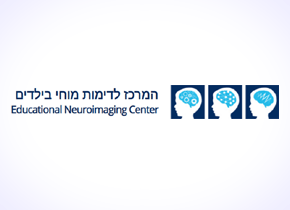
 Project Details
Project DetailsFor many years, the study of learning disabilities belonged to the educational sciences and dealt mainly with their behavioral and educational aspects but did not provide knowledge of the origin of learning disabilities. Various studies examine the structure and activity of the brain while performing various cognitive tasks, with the aim of diagnosing people with learning disabilities and understanding the source of their difficulties. Other studies, dealing with this matter monitor the external characteristics of a person while processing information and performing various cognitive tasks, with the aim of understanding the connection between the external characteristics and the nature of the cognitive activity. An example of an external characteristic that can be examined is the point of view while reading a text. "The Center for Children's Brain Imagin" at the Technion, studies children's behaviors in front of the computer screen, to understand the child's level of concentration, his reading paste and many other characteristics. From this research, the need arose to estimate in real time the child's point of view while working in front of the screen. To this end, a project was carried out at the Technion in 2018 that developed simple software, specifically for the privet user, and displays the user's viewing area on the screen in real time. The system achieved the ability to identify a viewing area with an accuracy level of between 3 and 4 cm on average.
Our goal in this project is to present the idea and implementation we developed for improving the accuracy of the existing system. The system we offer deals with the evaluation and correction of the error that the system presents and is based on a combination of the existing system together with two additional neural networks: a neural network for evaluating the user's distance from the screen and a neural network for evaluating the error given an estimated pixel and the distance used from the screen. The implementation of the system is done by Python and Matlab. The system we proposed, produces 14% improvement compared to the previous system.

